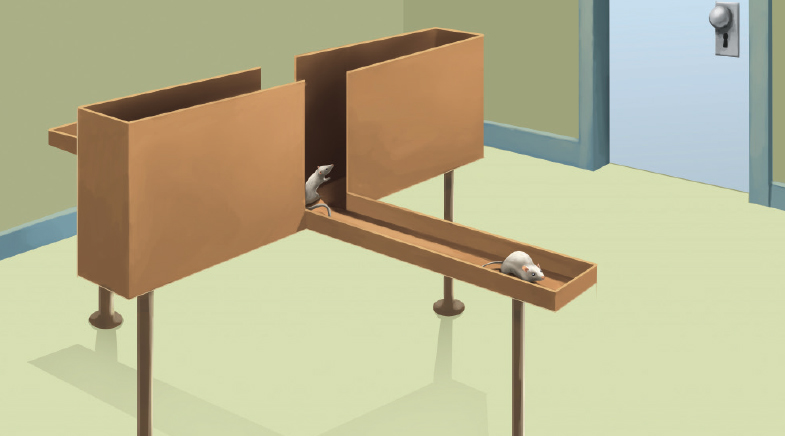All together now
-
- from Shaastra :: vol 04 issue 03 :: Apr 2025

India’s semiconductor sector underlines the fact that progress isn’t possible in isolation.
India was a paradox at the time of independence. On the one hand, it was a poor nation with a literacy rate of just 12%. On the other hand, despite the poor state of its schools, it had produced some outstanding scientists and mathematicians. In the decades before independence, India had a Nobel Prize winner in C.V. Raman and a celebrated mathematician in Srinivasa Ramanujan. There were a few others who had produced work of the highest quality during this period. India seemed destined to be one of the great scientific nations by the end of the 20th century.
That destiny didn't play itself out. The reasons for this lack of progress are complex and need not detain us here, except for one: the absence of a technology foundation in the country. The nature of science changed after the Second World War, with advanced technology playing a role in all the frontier fields of research. It was no longer possible to do pathbreaking research with simple equipment, as Raman had managed to do. Although some Indian scientists continued in the tradition of Raman, producing some outstanding research with basic facilities, India had begun losing out in the era of high-tech science.
As a low-income country, India did not have the money to invest in expensive scientific equipment. However, lack of money was only part of the problem. India didn't have a thriving industry, public or private, that could make sophisticated equipment for research. As the century wore on, it was clear that advanced scientific research couldn't be done in a vacuum. India needed a large research-industrial complex with parts that fed each other. The country had created a set of scientific institutions quickly after independence. But it couldn't create a thriving industrial complex just as fast.
Our Cover Story bridges two trends: high investments in semiconductor manufacturing and a rise in the number of start-ups.
This lag in creating cutting-edge industries harmed more than just science. It meant that, despite an early start with research, India missed out on creating capabilities in some of the key technologies of the century: biotechnology, semiconductors, telecommunications, electronics... Many of these industries were important inputs for strategic sectors such as space and defence. In developed nations, there was a strong feedback loop operating between science and industry. Cutting-edge technology was required for advanced scientific research. Breakthroughs in science produced advanced technology. India's lack of presence in high technology impacted the growth of its entire economy, apart from the health of its society.
Our Cover Story is a look at the whiffs of change in one such industry: semiconductors. India had recognised the importance of this sector as early as the 1960s, setting up the Semiconductor Complex Ltd (SCL, which has since been renamed the Semi-Conductor Laboratory). A fire at SCL in 1989 is partly blamed for India's lack of progress in semiconductors. However, till the new century dawned, India had never seriously attempted to create a private semiconductor industry around manufacturing. The first set of discussions that began in the 2000s to create this industry fructified in a semiconductor mission in 2021, which promised generous support from Central and State governments to set up manufacturing.
In a parallel development, multinational centres had been setting up large centres in chip design in the country. These centres have grown over the past two decades and now nurture considerable engineering talent. Some of these engineers have started setting up companies to develop chips in areas that are of importance in defence and space. A few other companies ride on current global trends in semiconductor technology and develop chips necessary for green energy, energy efficiency, and Edge computing. Notably absent is the development of artificial intelligence (AI) chips.
The Cover Story looks to bridge these two parallel developments: high investments in manufacturing and an increase in the number of start-ups in the sector. As manufacturing picks up in the country, start-ups design chips that can feed into these foundries. The story also describes, briefly, how research feeds into this ecosystem and is therefore an integral part of the semiconductor story. In the end, India's semiconductor sector is an illustration of the fact that progress isn't possible in isolation in modern economies. Deep connections exist between fundamental research, technology policies, global industrial trends, and entrepreneurship. There is no area of activity that a large country like India can afford to stay away from.
See also:
Have a
story idea?
Tell us.
Do you have a recent research paper or an idea for a science/technology-themed article that you'd like to tell us about?
GET IN TOUCH














